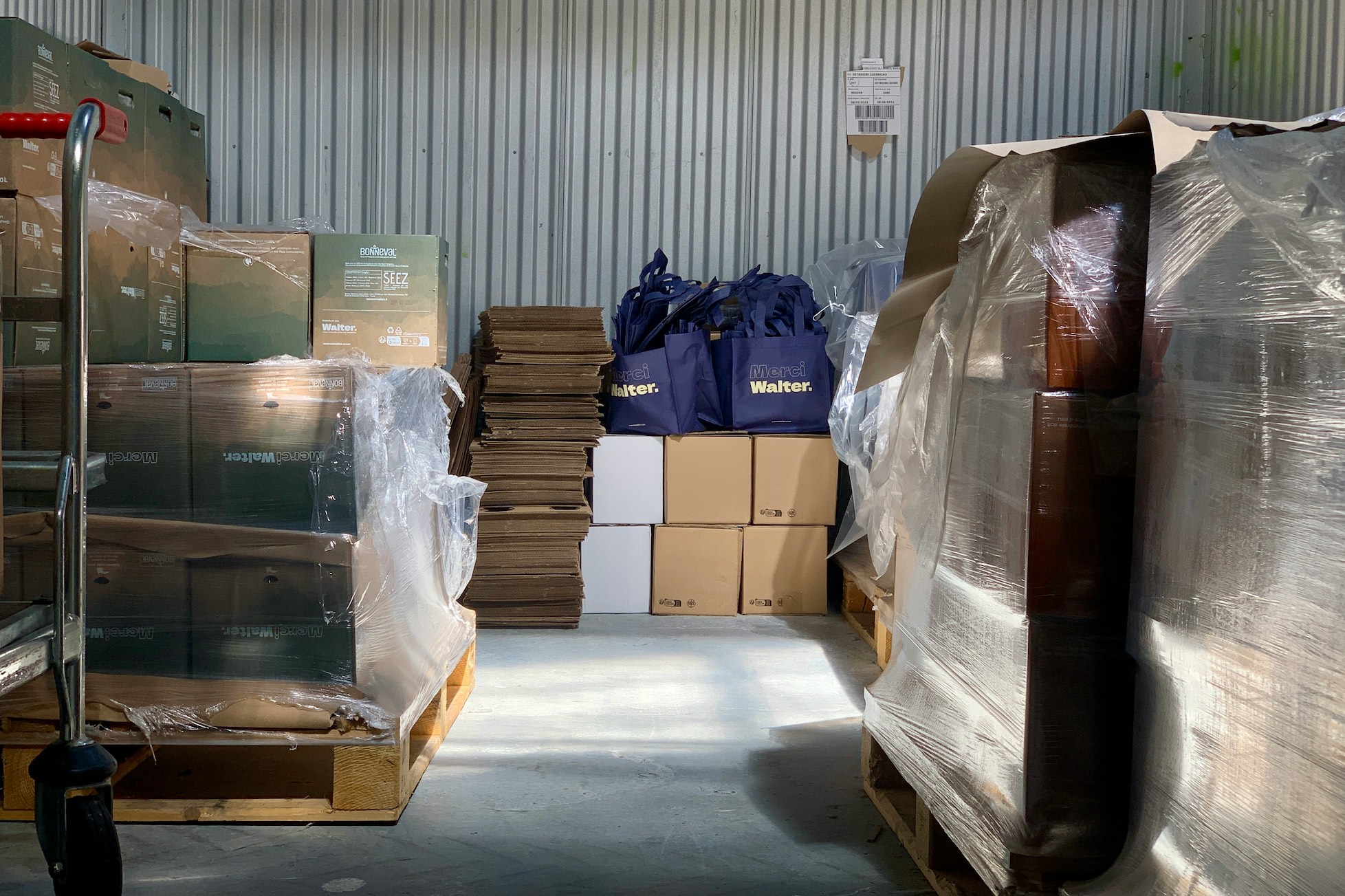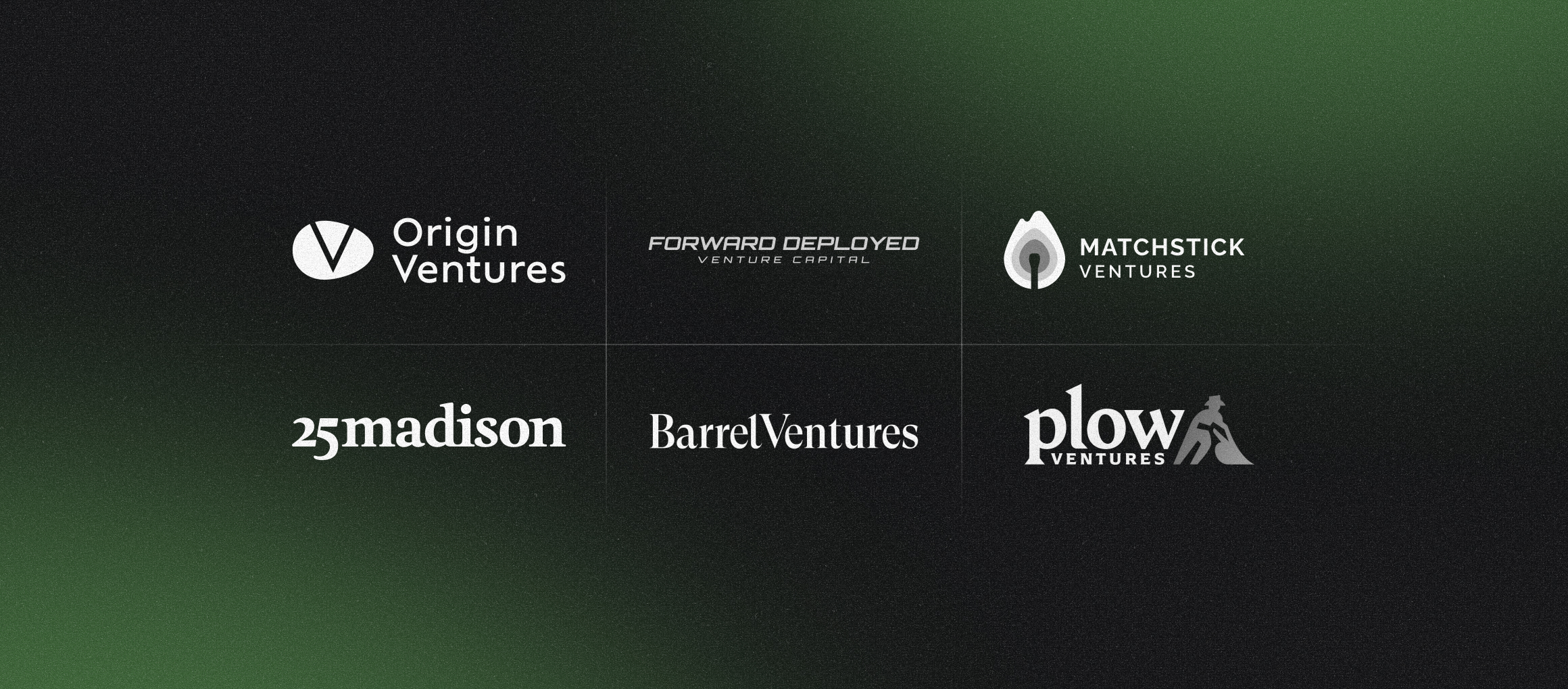Diagnostic Tool: How to tell if your procurement stack is holding you back

In advanced manufacturing, procurement operates at its best as a connector between engineering, operations, and suppliers. A procurement workflow that’s manual, fragmented and reactive hinders growth and resilience.
We’ve put together a diagnostic checklist for heads of supply chain to assess whether your procurement infrastructure needs a rethink.
Eight signs your procurement stack is hindering performance
- Excess time wrangling spreadsheets and chasing emails
- Frequent PO revisions and hidden changes
- Missed confirmations and surprise delays
- Lack of supplier performance metrics
- Ad hoc approval workflows and bottlenecks
- No connection to engineering or revision history
- Scattered compliance, audit, and certification data
- Low change traceability
Four steps to assess your procurement stack
- Time-box: Spend one day watching how buyers spend their time. What you’re looking for in this window are manual work, bottlenecks, rework, and points of broken connectivity.
- Audit your recent 10 POs: Track how many needed revisions, how many had delays, and how many surprise costs
- Request feedback: Talk to engineering about mismatches due to revision misalignment or spec confusion.
- Map your workflows: Write down exactly how a request becomes an order and identify manual handoffs.
The best-performing shops build procurement stacks that keep up with engineering ambition, supplier variability and performance, and compliance requirements. It’s not about upgrading every piece. It’s about having the right connective tissue in place so friction doesn’t scale with your growth.
What a future-proof procurement stack looks like
- Milestone-based PO tracking: Break delivery into phases (tooling, build, inspection, ship) and monitor each stage
- Quote ingestion and structured data: Extract line-level pricing, lead times, and terms automatically from supplier quotes
- Approval workflows: Dynamic routing, escalation, and parallel approvals in a rules engine
- Supplier health scorecards: Track responsiveness, lead-time variance, and quality trends month over month
- Revision linkage and change awareness: RFQs, POs, and engineering changes share revision history so inconsistencies don’t creep in
- Compliance metadata tied to supplier records: ITAR status, CMMC level, audit dates, certifications, all visible to sourcing
- Alerts and exception handling: Automated flags when a quote response is late, a PO milestone slips, or a supplier underperforms
Want to read a real world story about supplier orchestration and the move from manual procurement workflows? Check out these case studies.
About Silkline
Silkline is the supply chain orchestration platform that advanced manufacturing companies use to collaborate with suppliers; track requests, RFQs, quotes, and orders; and monitor team and vendor performance. Our technology sets the standard for how OEMs engage their supply base and is the connective layer for hard tech supply chains. Hundreds of advanced manufacturers use Silkline to operate more efficiently and speed up time to revenue. The company is headquartered in Chicago, IL. For additional information, visit https://www.silkline.ai.
© 2025 Silkline, Inc. All rights reserved. Silkline and the Silkline logo are trademarks of Silkline, Inc. All other brand and product names are trademarks or registered trademarks of their respective holders.





